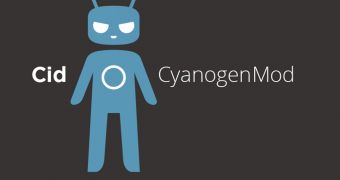CyanogenMod 10.1, the latest release of the official custom software for Android devices, is the last one to offer support for Tegra 2-based devices, the team of developers officially confirms.
The devs note that the older platform packs a series of handicaps that newer Android releases are trying to overcome, given that a lot of functionality is lost on devices powered by this Nvidia chipset.
“The Tegra 2 platform is known as non-NEON capable. What this means in plain terms is that it lacks in capabilities in media, audio and graphics when compared to platforms that are NEON capable (eg. Tegra 3).
“With Android 4.1 and above, we are noticing a trend in the Android space leaning towards greater reliance on NEON support, ” the team explains in a post on Google+.
Google’s own applications are taking advantage of NEON support, it seems, including Google Now with its voice recognition capabilities, the Gesture keyboard, and even the Photosphere functionality.
Given that the entire ecosystem is moving away from devices that do not feature NEON support, the CyanogenMod software will make a similar move.
“Truth is, the lack of support for this added capability will only continue to degrade Tegra 2 users’ functionality of their devices, not only now, but with future iterations of Android and CyanogenMod,” the team explains.
New CM10.1 builds for Tegra 2 devices will continue to be released on a weekly basis, at least until the next Android release is adopted.
“We urge users who are using these builds to understand that they are operating at a handicap, and expect crashes if you introduce applications to your system that rely on NEON instruction support,” the team notes.
"Users who own Tegra 2 devices are encouraged to look at other open source alternatives, including those available via F-Droid, given that prominent Google apps are already requiring NEON," the CyanogenMod team concludes.

 14 DAY TRIAL //
14 DAY TRIAL //